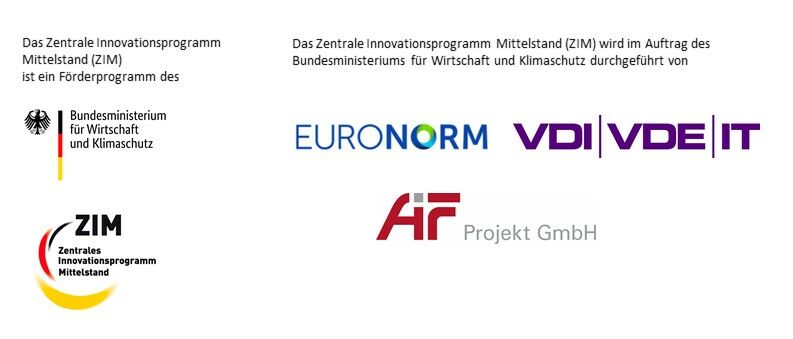The aim of the DigSmart project is to establish digitalisation along the value chain in Civil Engineering, from planning to documentation, across the entire technically available range of organisational and technical data. Data from a variety of digital sources is to be made usable on-site at a construction site. These data include, for example, topographical data, surveying, and earth exploration data, cable and pipe routes, but also data from planning and construction.
The data are made usable via a camera laser projection system that uses cameras to determine the current position in a previously recorded scene and draws this data depending on the current position using a laser projection system. The focus of the development at Wismar University of Applied Sciences in this project is on planning data.
The work or process steps on a construction site are usually planned in advance. To increase the flexibility of work on a construction site, the immediate and predestined reaction to disturbances that occur is indispensable. The use of viable alternative processes helps to minimise the impact of disruptions on processes and workers. In order to be able to implement this, such alternatives must be determined immediately when a disruption occurs. Usually, the determination of alternative process steps is done by experienced and decision-making persons depending on their level of knowledge. However, it is advantageous if possible alternatives are already taken into account during the planning of a process. When planning complex processes, one aid is the network planning technique, by which processes and parameters relevant to production planning, such as production times, can be represented graphically. The classic network plan only describes the most ideal process variant. Therefore, a network plan extended by alternatives, the Maximum Network Plan (MNP), is used as a methodological approach in this project. The concept of the MNP is applied to the processes in civil engineering and archaeology and the methodology is further developed. A heuristic for evaluating the respective alternatives is integrated. Furthermore, the focus is on the process step determined by the MNP and the presentation on the laser projection system for information for the worker.
The result is a system that independently locates itself in a previously recorded scene and projects location-dependent information. This system is to be installed on a mini-excavator for use in archaeology and civil engineering.


